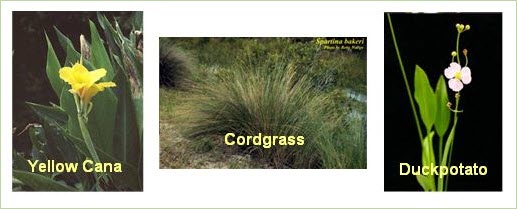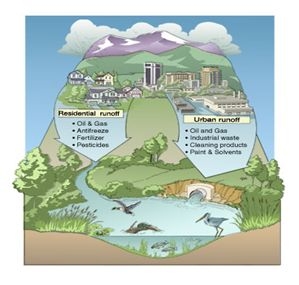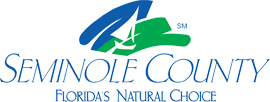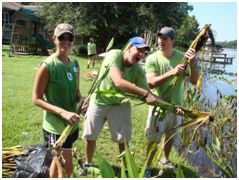SERV Lake Restoration Project
Team up with the Seminole County Lake Management Program (SCLMP) and the Seminole Education, Restoration, and Volunteer (SERV) Program for a day on the lake! SCLMP is a collaborative, collective effort between County biologists, lake residents, community volunteers (through the SERV Program), and participating agencies to actively restore and improve the water bodies in Seminole County on a lake-wide level.
These are our most popular projects for a reason! You really get to see the fruits of your labor and actively work to restore waterways in Seminole County by planting native, beneficial vegetation and removing harmful invasive plants.

Examples of the native vegetation we work to plant
- Yellow Cana
- Cordgrass
- Duckpotato

Examples of the invasive plants we work to remove
- Water Hyacinth
- Torpedo Grass
- Alligator Weed
Our lake restoration projects are an excellent opportunity to improve the water resources in Seminole County. You'll work alongside Seminole County Lake Management Program biologists, learn a lot, have fun, get muddy and wet, and give back to the environment at the same time!.
We typically hold our lake restoration events in the spring and fall during planting season. Once this opportunity resumes, we open events to the public, and we can cater a special event just for your group!
To sign up or if you would like more information, please email serv@seminolecountyfl.gov or call (407) 665-2457.
For more information on our Lake Management Program go to the Seminole County Lake Management Program on our Seminole County Watershed Atlas.
Why join the effort?
Our lake restoration events aren't arbitrary projects, your efforts are directly working to improve the state of the lakes.
Significance of your efforts:
- Re-vegetating a shoreline with native beneficial plants helps filter pollution runoff from the entire watershed before it gets to the lake.
- Improves the overall ecosystem function of the lake and subsequent waterways it flows into.
- Provide habitat for wildlife
- Prevent erosion
- Stabilize the shoreline
- Occupy space so invasive plants can't invade.

Volunteer Efforts Really are Making a Difference:
- Typically and all too often biologists are only able to collect, analyze and recommend.
- Together with the SCLMP, SERV works cooperatively to implement, not just recommend, a solution. The goal is to achieve balance on a lake-wide level.
- Lake Indices and Assessments are improving on the re-vegetated SCLMP lakes as a result of our volunteer efforts and comprehensive lake
management plans.

